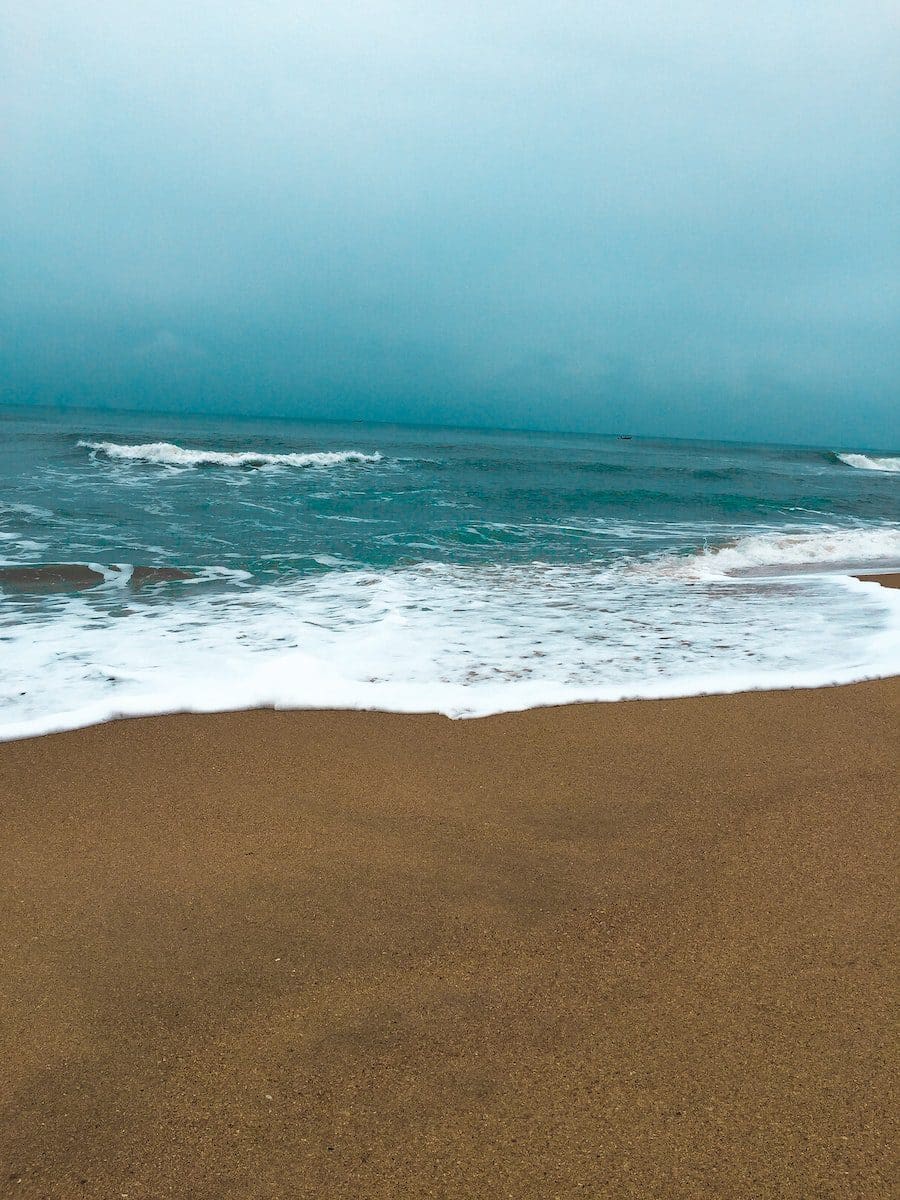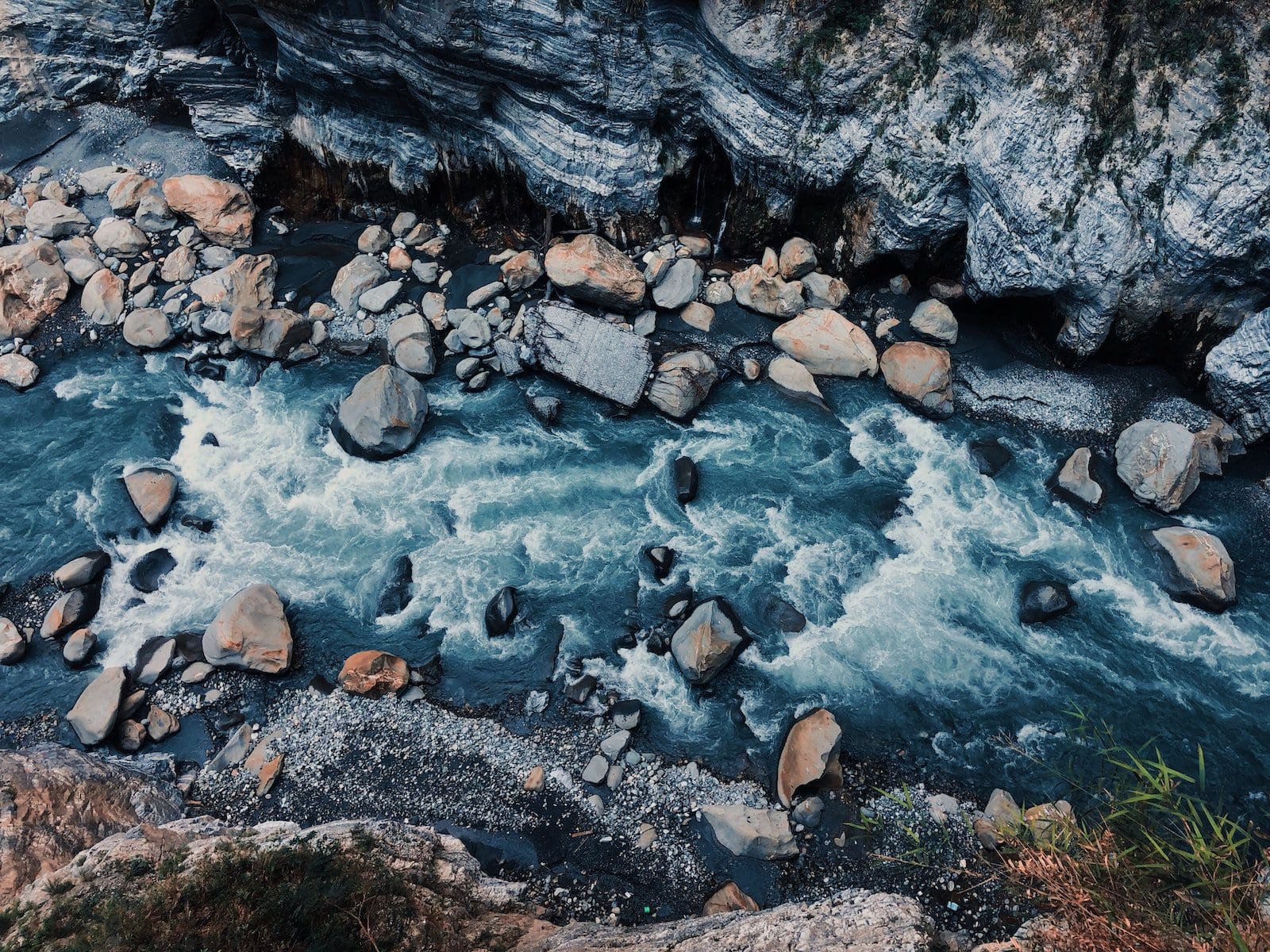Our Mother Earth is covered with 71% of the water around the later landmasses. The presence of water on Earth is in different forms, such as – rivers, lakes, seas, glaciers, oceans, etc. They are the sources of freshwater, saline water, brackish water, etc.
The movement and flow of water in the different water bodies determine the various movements of oceans, such as – Waves, Tides, and Currents. These are majorly dependent on the movements of the Sun, Moon, and Earth.
Key Takeaways
- Waves are disturbances that travel through a medium, such as water and transfer energy from one point to another.
- Tides are the rise and fall of sea levels caused by the moon’s and the sun’s gravitational pull.
- Currents are the continuous movement of water in a particular direction, driven by various factors such as wind, temperature, and the shape of the land.
Waves vs Tides vs Current
Tide is the fluctuation of the water level. Produced by the interaction of the gravitational forces between the Earth, Sun, and Moon. Tides change twice a day. While current is the flow path of a body of water. Caused due to temperature variations on oceanic surfaces. Equatorial currents occur yearly.

Waves are known to be oscillatory movements that result in the rise and fall of water. They may occur in the horizontal directions of the ocean, also. Waves are mainly the energy produced by the winds. And the water particle on the ocean surface moves in a circular motion.
Tides are caused and influenced by the Sun, Earth, and Moon gravitational forces. The pull and centrifugal force that acts upon the Earth’s surface is the major cause of the tides forming twice daily.
Tides are categorized on various bases, such as frequency, magnitude, and position of the three-celestial body – the Sun, the Moon, and the Earth.
Currents in the oceans are formed because of energy produced by the winds, and the direction of their flow to a more significant distance is known as ocean currents. The major factors leading to the formation of these oceanic currents are – winds, the difference in density, temperature, gravity, salinity, etc.
Also, the Earth rotates on its axis, which causes the currents to move in an anti-clockwise manner in Southern Hemisphere and a clockwise manner in Northern Hemisphere. This effect is also known as Coriolis Effect.
Comparison Table
| Parameters of Comparison | Waves | Tides | Currents |
|---|---|---|---|
| Definition | These are formed due to the wind that exerts forces on the water’s surface. | It is defined as the changing level of the sea (rise and fall). | It is defined as the direction of the flow of the water body. |
| Formation | Wind factors influence these. | The location and position of the Earth influences these. | The location and position of the Earth influence these. |
| Influence | It formed because of the gravity forces between the Sun, Earth, and Moon. | These are influenced by the winds, differences in temperature, and oceans’ surface topography. | As a result of temperature differences on the ocean surface. |
| Occurrence | Occurs regularly | Tides are formed twice a day. | Currents like El Nino occur after every few years. |
| Direction | Side to side | Up and Down | Counter-clockwise in Southern Hemisphere and vice-versa in Northern Hemisphere. Also, the effect is known as Coriolis Effect. |
What are Waves?
Waves are only the energy that travels above the water bodies like – rivers, oceans, lakes, seas, etc. Waves can be measured by the length of their crest and trough. They are influenced by speed, distance, duration, height, etc. Waves are of various types – capillary waves and ripples.
These waves travel long distances and sometimes take up to a height of 90cm. The disturbance in the influential factors leads to higher waves, tsunamis, etc., which affects humans and infrastructure.
It is said that no two waves are the same, and if they are considered the same, they share a common trait of height which can be measured with crest and trough.

What are Tides?
Tides are the rise and fall of sea level, formed by the gravitational and centrifugal force between the celestial body – the Sun, the Moon, and the Earth. The reason behind these tides is the Moon’s gravitational pull when the Earth rotates.
This leads to the rise of water levels in the water bodies. To be brief, when the Moon rotates around the Earth, it feels some gravitational force, and the area experiencing the same is said to be hit by higher tides and vice-versa.
Tides can be distinguished on a varied basis, such as – frequency, number of high and low tides, magnitude, height, etc. And the factors responsible for these tides are the coastline shape, the alignment of the Sun and the Moon, and the tidal movement pattern.

What are Currents?
Currents are to be defined as the direction of the water flow. These currents occur in open water bodies such as – oceans, lakes, seas, etc. They are measured in terms of knots and meters per second.
The major factor influencing these currents are the wind, thermocline difference, and the rise-fall of the tide.
Water sources near the poles are said to have cold water than the water sources at the equator. This temperature difference is the cause of the currents formed.
This is because the cold water sinks towards the equator, and the warm water currents move outwards from the equator to the poles replacing sinking water.
Thus, mixing these warm and cold currents helps restore oxygen moving from one hemisphere to another.

Main Differences Between Waves, Tides, and Current
- Waves are said to be the wind that moves across the water’s surface; tides are the rise and fall in the water level of the sea where. On the other hand, currents are just the direction in which the water flows of the water body.
- Waves are formed due to the wind, while Tides are formed due to the gravity forces between the three celestial bodies Sun, Earth, and the Moon. On the other hand, Currents are formed due to temperature differences above the ocean surface.
- The winds influence waves; the location and position of Earth influence tides, while Currents are formed because of the difference in densities, temperature, topography, etc.
- Waves happen to occur regularly while Tides occur twice a day, and the Currents like El Nino are formed after every few years.
- Waves are directed sidewards; Tides are directed up and down, while Currents are directed clockwise and anti-clockwise.
References
- https://agupubs.onlinelibrary.wiley.com/doi/full/10.1029/2011JC007387
- https://agupubs.onlinelibrary.wiley.com/doi/full/10.1002/jgrc.20146
- https://journals.sagepub.com/doi/abs/10.1243/14750902jeme50

This article provides an in-depth and comprehensive explanation of the different movements of water on Earth. It’s truly fascinating how waves, tides, and currents are influenced by various factors such as the Sun, Moon, and Earth.
I completely agree. The way the article breaks down the differences between waves, tides, and currents is very informative and engaging.
I appreciate the detailed comparison table provided. It really helps in understanding the distinctions between waves, tides, and currents.
The article provides a detailed and comprehensive overview of waves, tides, and currents, making it an invaluable educational tool.
I couldn’t agree more. The thoroughness of the article’s analysis is truly commendable.
The inclusion of the comparison table is what makes this article so informative and useful for understanding oceanic movements.
The article lacks depth and fails to provide any groundbreaking insights into the movements of water on Earth.
The article’s detailed explanation of waves, tides, and currents is both enlightening and engaging. A must-read for those interested in the science of oceanography.
I completely agree. The article’s insights into these water movements are incredibly valuable for anyone studying or working in the field.
Definitely. The article’s thorough analysis of waves, tides, and currents is commendable.
The article presents a clear and concise explanation of the differences between waves, tides, and currents. Perfect for those looking to gain a solid understanding of oceanic movements.
I completely agree. The article’s detailed comparison table really helps in clarifying these natural phenomena.
The article’s breakdown of waves, tides, and currents is excessively verbose and could be more concise.
I disagree, the level of detail in the article is what makes it so informative and valuable.
The article presents a thorough overview of the forces and factors that influence the movement of water on Earth. It’s a great resource for understanding these natural phenomena.
Absolutely, the article does an excellent job of explaining the formation and influences of waves, tides, and currents. Very enlightening.
The article’s in-depth and meticulous exploration of waves, tides, and currents is truly commendable. A great read for those interested in oceanic phenomena.
Couldn’t agree more. The article’s comprehensive breakdown of these natural phenomena is incredibly valuable.
I found the article to be overly complex and difficult to follow – could benefit from a more simplified explanation.
The article offers a well-structured and informative breakdown of waves, tides, and currents. A valuable resource for students and professionals in the field.
Absolutely, the article’s insights into the formation and influences of these water movements are incredibly insightful.
I found the article to be a bit too technical and dry – could benefit from a more engaging writing style.
The way the article explains the causes and influences of waves, tides, and currents is truly eye-opening. A great read for those interested in oceanography.
Couldn’t agree more. It’s a fantastic resource for anyone looking to understand the dynamics of water movements.
Definitely. The article’s thorough analysis of waves, tides, and currents is commendable.